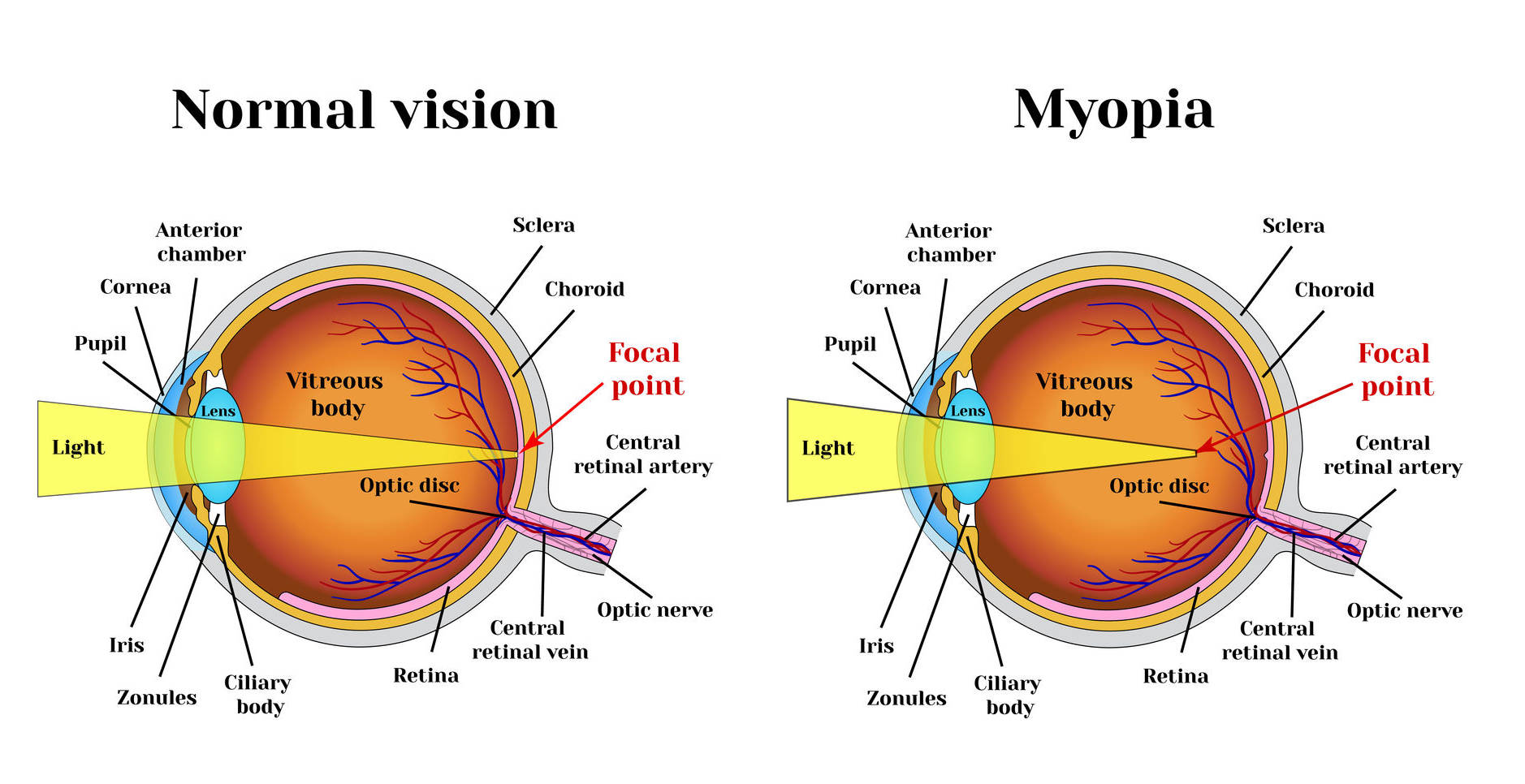
Experts predict myopia, or nearsightedness, will reach epidemic proportions by the end of the decade, with over a third of the world’s population requiring glasses or contact lenses. However, if a team of Israeli ophthalmologists from Jerusalem’s Shaare Zedek Medical Center has their way, the crisis may be averted with special “nanodrops” created to correct refractive errors responsible for nearsightedness (myopia), farsightedness (hyperopia), or blurred vision (astigmatism).
Zeev Zalevsky, professor of electrical engineering and nanophotonics at Bar-Ilan University, who worked on the project, says the procedure requires three simple steps. Prospective patients will begin by using a proprietary smartphone app to measure their eyes’ refractive index. A laser pattern, based on the app’s calculations, will then be created and projected onto the surface of each cornea. The final step will be to put a predetermined number of the drops, which contain “special nanoparticles,” into each eye.

The researcher explains, “These nanoparticles go into the shallow ablated [laser] patterns generated on the surface of the cornea and change the refraction index inside of those patterns. This corrects the visual problem the user has.” The best part is, the procedure can be conducted at home without the presence of a medical doctor. Team leader Dr. David Smadja, asserts the technique is far less painful and invasive than laser surgery, which corrects refractive errors by extracting a portion of the cornea.
While Smadja who unveiled the nanodrops on February 21, 2018 at Shaare Zedek’s second biennial research day, calls the procedure “a new concept for correcting refractory problems,” the treatment has thus far only been successfully tested on pigs. The team, which hopes to start human trials soon, believes it will take at least two years before the revolutionary eye drops will be available on the market. In addition to ensuring they are safe and effective for humans, the researchers still have to determine the dosage needed to correct the different conditions and also, how frequently the treatment will have to be administered to keep the patient’s eyesight sharp.

Researchers say the rise in myopia in kids can be attributed to the increasingly large amount of time spent on computers and phones. Studies have proven that just two to three hours of daily sunshine exposure can reduce vision-related issues dramatically. So set aside your digital devices and head out for a bike ride, run, or stroll. It will not only help you see better, but also make you healthier!
Resources: www.rt.com,digitaltrends.com,newsweek.com
